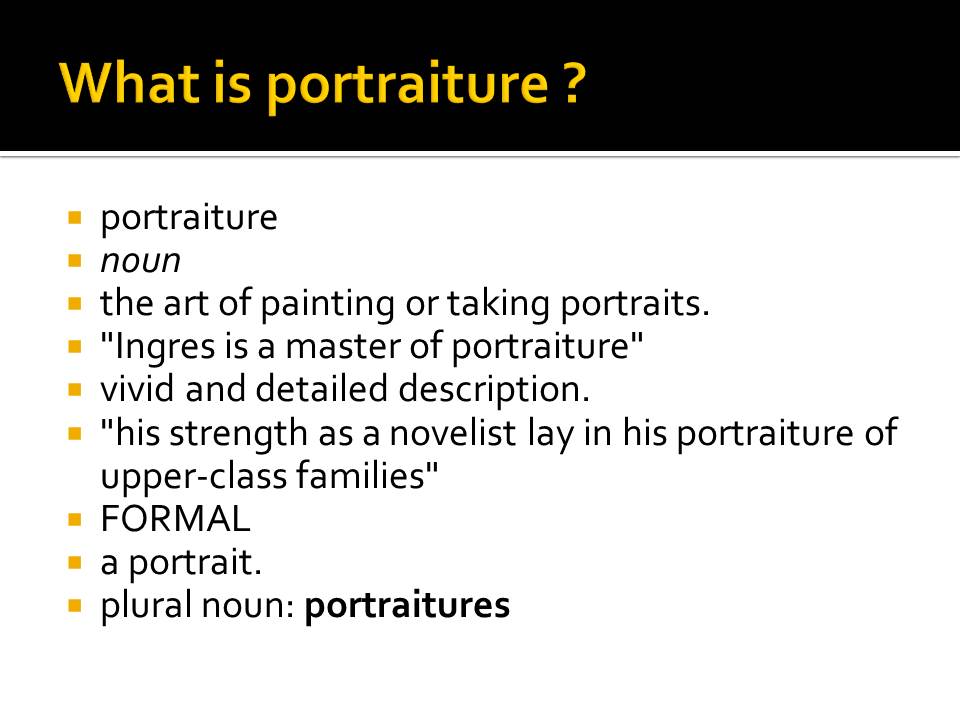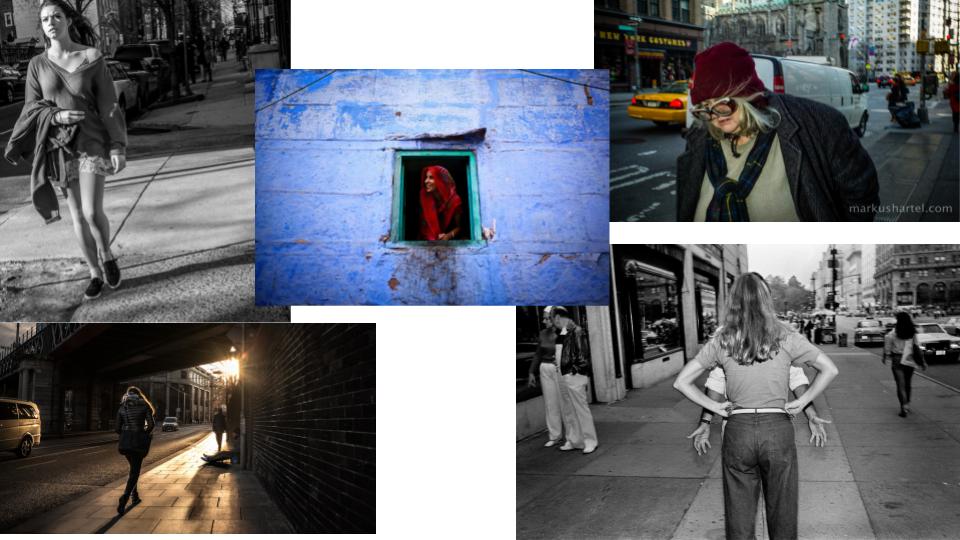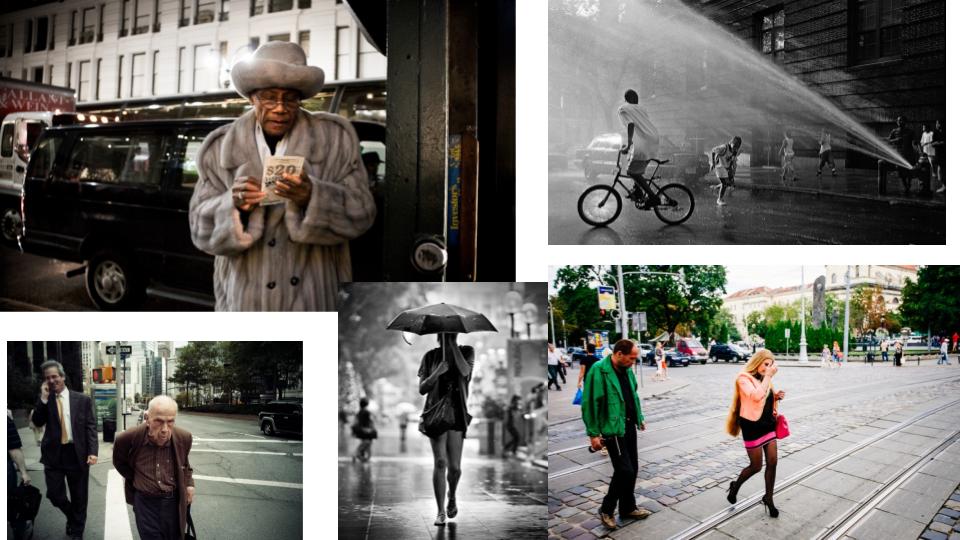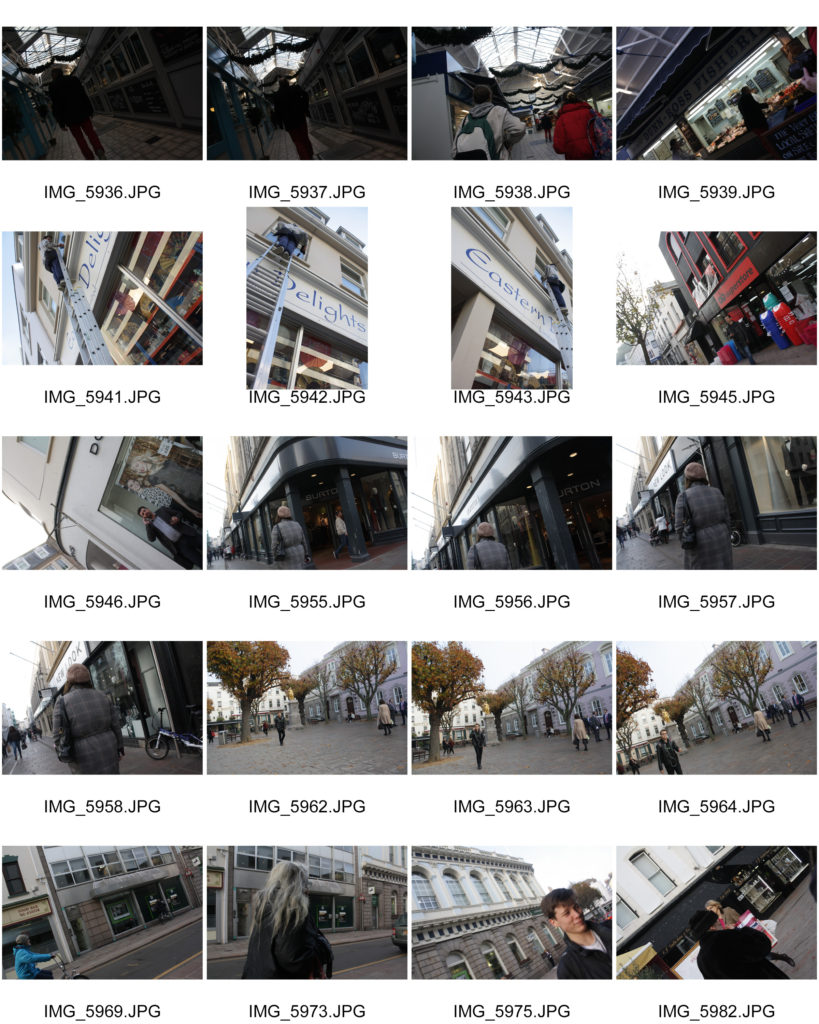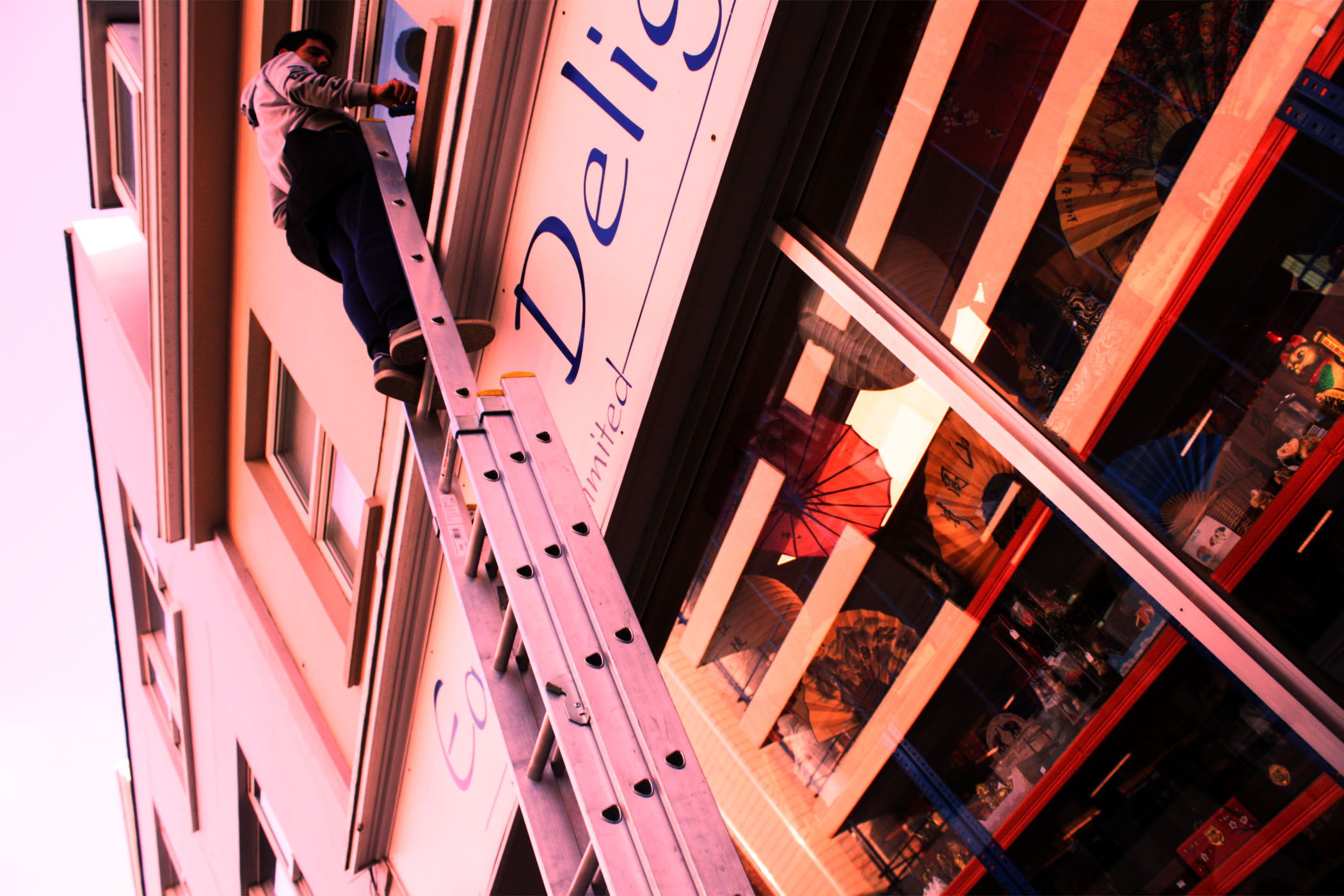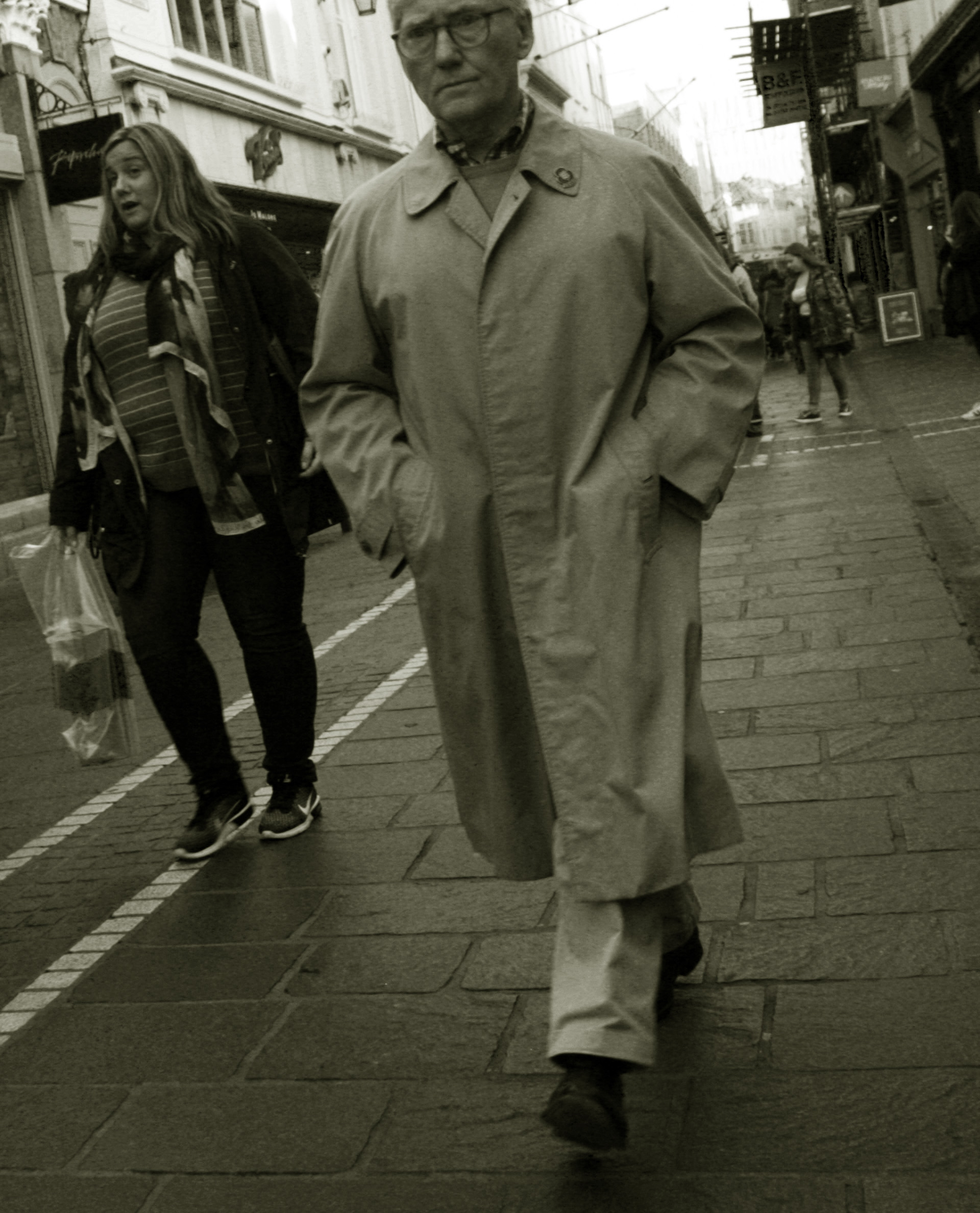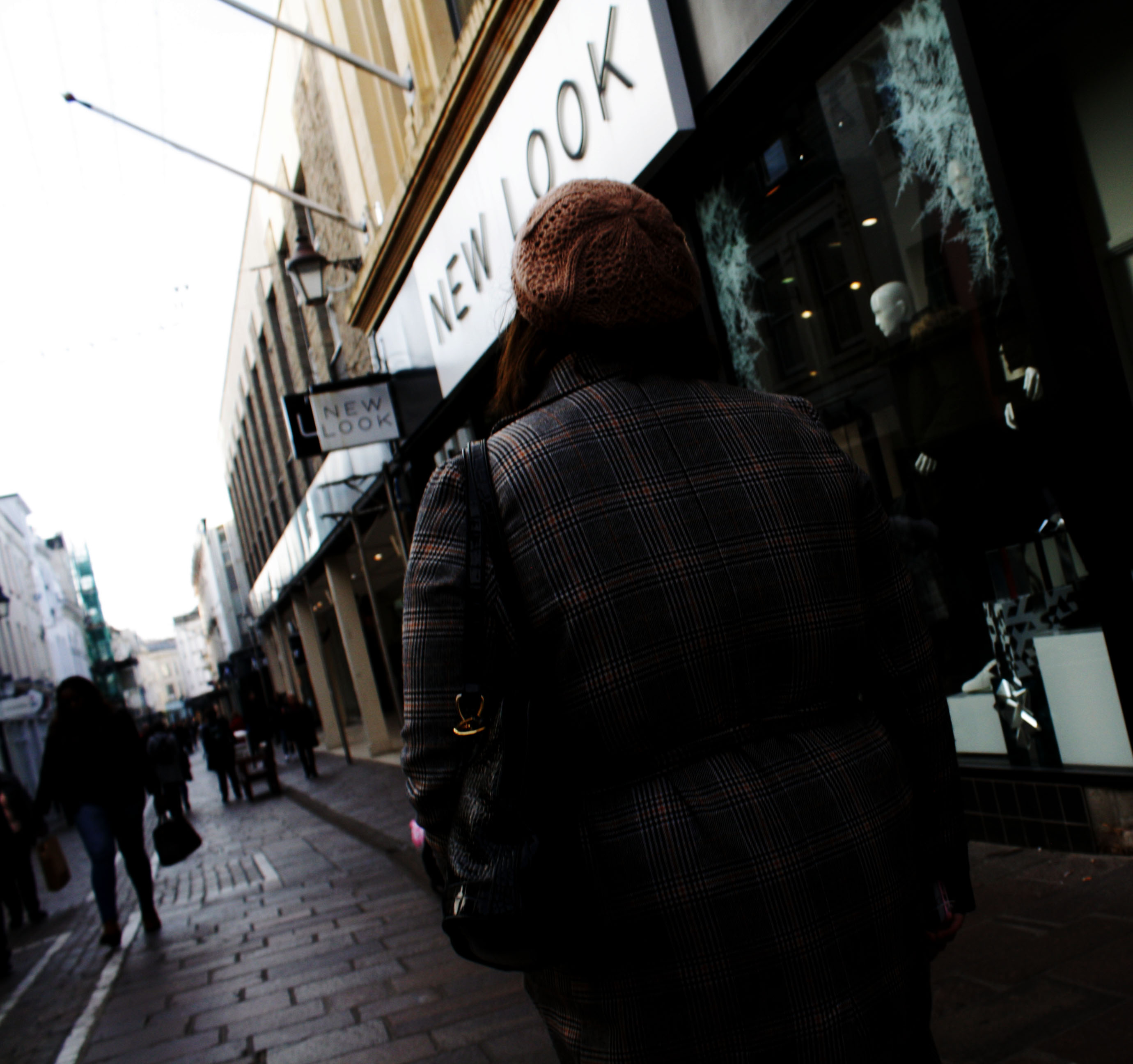He was a French humanist photographer who worked within street photography and it well known for his ‘decisive moment’ technique.
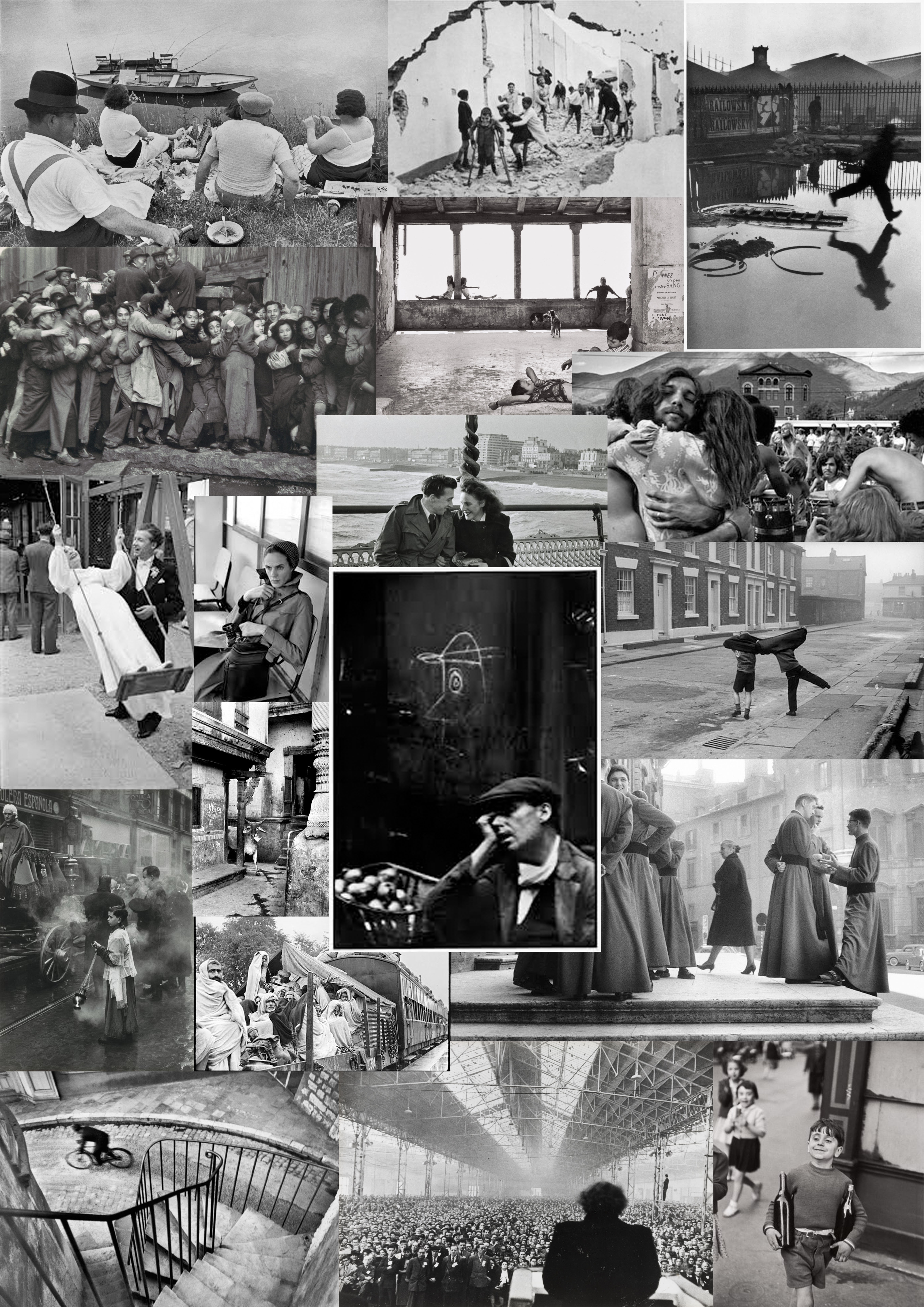 Decisive Moment-In 1952 Henri Cartier-Bresson, a founder of modern photojournalism, proposed one of the most fascinating and highly debated concepts in the history of photography: “the decisive moment.” This moment occurs when the visual and psychological elements of people in a real life scene spontaneously and briefly come together in perfect resonance to express the essence of that situation. Some people believe that the unique purpose of photography, as compared to other visual arts, is to capture this fleeting, quintessential, and holistic instant in the flow of life. For this reason, many photographers often mention the decisive moment, or similar ideas about capturing the essence of a transitory moment, when they describe their work.
Decisive Moment-In 1952 Henri Cartier-Bresson, a founder of modern photojournalism, proposed one of the most fascinating and highly debated concepts in the history of photography: “the decisive moment.” This moment occurs when the visual and psychological elements of people in a real life scene spontaneously and briefly come together in perfect resonance to express the essence of that situation. Some people believe that the unique purpose of photography, as compared to other visual arts, is to capture this fleeting, quintessential, and holistic instant in the flow of life. For this reason, many photographers often mention the decisive moment, or similar ideas about capturing the essence of a transitory moment, when they describe their work.
Born in Chanteloup-en-Brie, Seine-et-Marne, Henri Cartier-Bresson developed a strong fascination with painting early on, and particularly with Surrealism. In 1932, after spending a year in the Ivory Coast, he discovered the Leica – his camera of choice after that moment – and began a life-long passion for photography. In 1933, he had his first exhibition at the Julien Levy Gallery in New York. He later made films with Jean Renoir.
Taken prisoner of war in 1940, he escaped on his third attempt in 1943 and subsequently joined an underground organization to assist prisoners and escapees. In 1945, he photographed the liberation of Paris with a group of professional journalists and then filmed the documentary Le Retour (The Return).
In 1947, with Robert Capa, George Rodger, David ‘Chim’ Seymour and William Vandivert, he founded Magnum Photos. After three years he had spent travelling in the East, in 1952, he returned to Europe, where he published his first book, Images à la Sauvette (published in English as The Decisive Moment). He explained his approach to photography in these terms, ‘”For me the camera is a sketch book, an instrument of intuition and spontaneity, the master of the instant which, in visual terms, questions and decides simultaneously. It is by economy of means that one arrives at simplicity of expression.”
From 1968, he began to curtail his photographic activities, preferring to concentrate on drawing and painting. In 2003, with his wife and daughter, he created the Foundation Henri Cartier-Bresson in Paris for the preservation of his work. Cartier-Bresson received an extraordinary number of prizes, awards, and honorary doctorates. He died at his home in Provence on 3 August 2004, a few weeks short of his 96th birthday.
Behind the Gare St. Lazare 1932

Technical
This photo was purely natural lighting, no flash, it appears to me it was bright day due to the definite shadows. The contrast is prominent between the light and dark areas created by the black and white filter. Due to Henri’s use of the decisive moment approach he doesn’t appear to have huge amounts of control over the positioning of the the people in this shoot and what they are doing. On the other hand he could control the lens which was 35 mm, also he positioned himself in a way in which the mans reflection was captured. He had a relatively slow shutter speed as the man appears to be slightly blurry as hes running, but at the same time it’s not too low as the ripples in the puddles are clear. The colour cast is dark, creating a cold tone to the photo. In some areas its slightly over exposed but the black and white makes its hardly noticeable. The focal point for me is the man running as Henri only took this photo at that decisive moment in which the man was running otherwise it would be bare. The blurriness of the mans silhouette works well in contrast with the sharp detailed surrounding.
Visual
The texture in this photo varies throughout, for instance the water ripples, the pile of rubble, the wall plastered in photos and the metal railing. Although there are many different textures in this one image they work well, there doesn’t appear to be any tensions between them, as well as the background and foreground there is harmony between them and they merge into one another effectively. There is a clear black and white filter on this photo, as well as that there is a rule of thirds which creates an element of structure and timing to the photo. I wouldn’t say there is a leading eye but the first thing that attracts me to this image is the blurred mans so there is an area of interest in the photo.
Contextual
The Gare Saint-Lazare (St Lazarus Station), officially Paris-Saint-Lazare, is one of the six large terminus railway stations of Paris. It is the second busiest station in Paris, after the Gare du Nord. It handles 275,000 passengers each day. The station was designed by architect Juste Lisch, and the maître de l’oeuvre (general contractor) was Eugene Flachat.
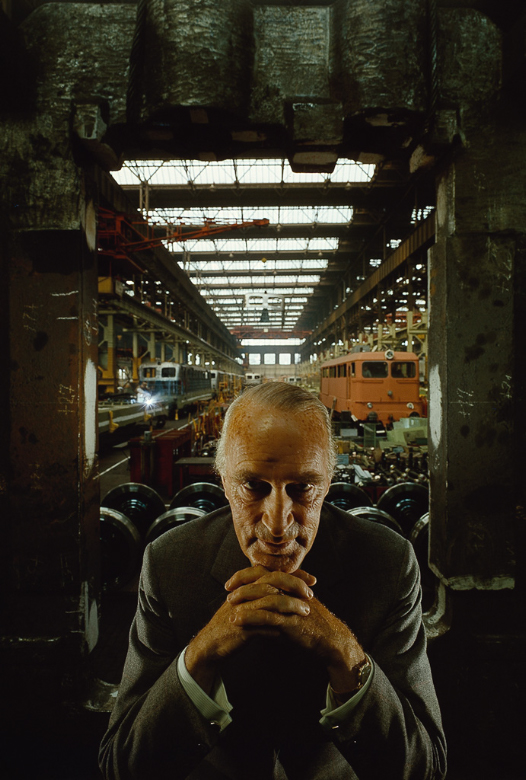

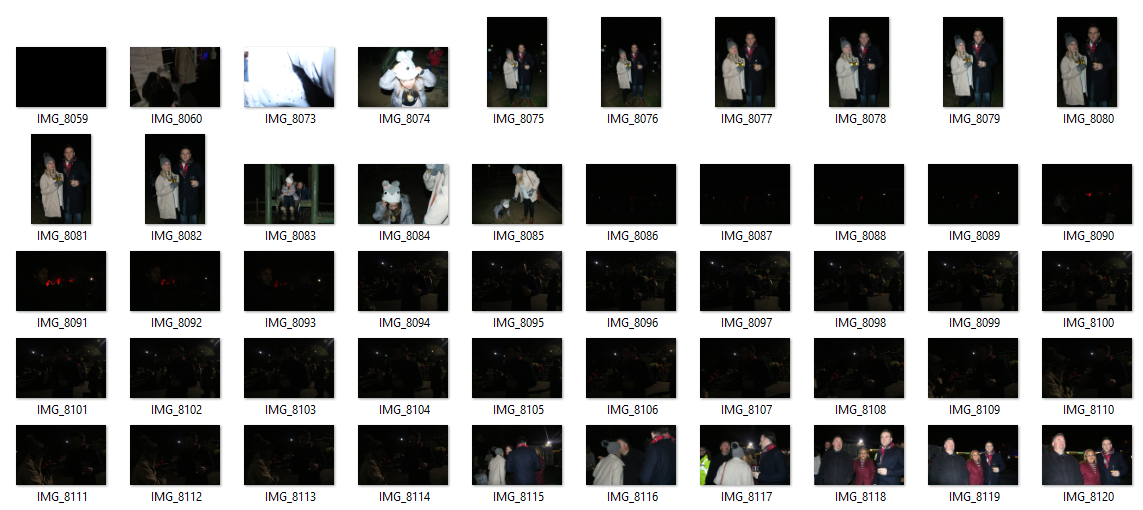
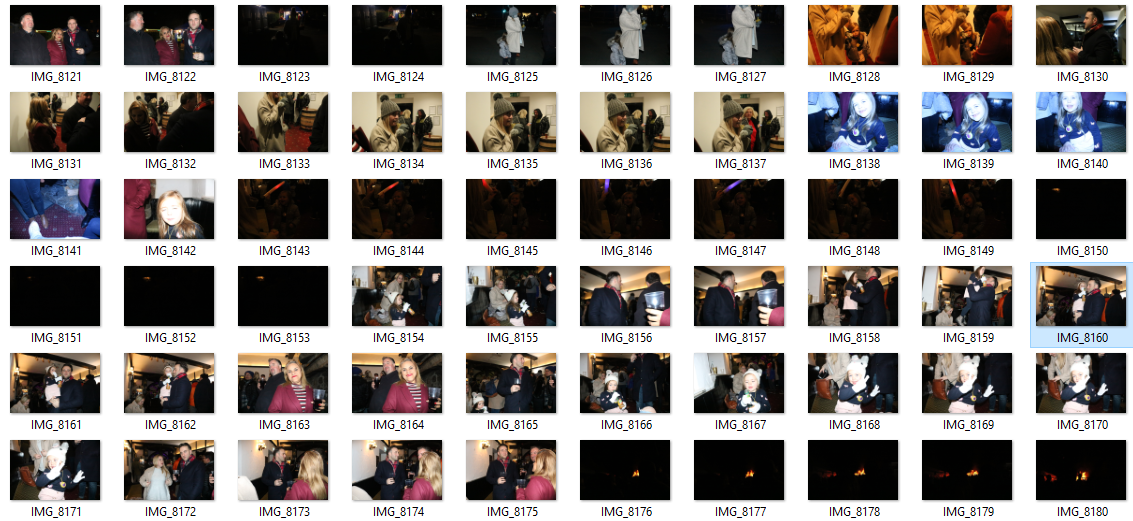
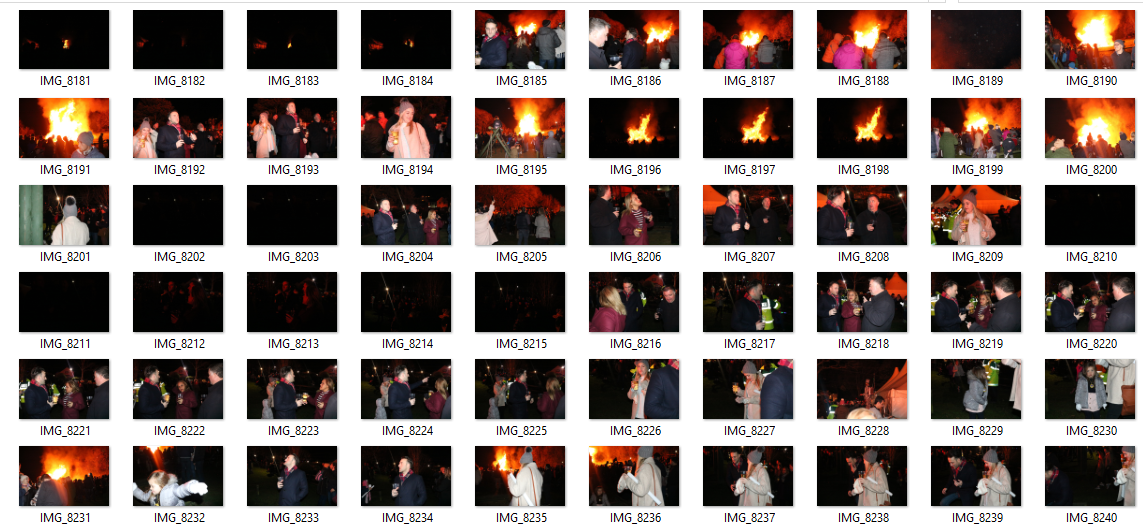
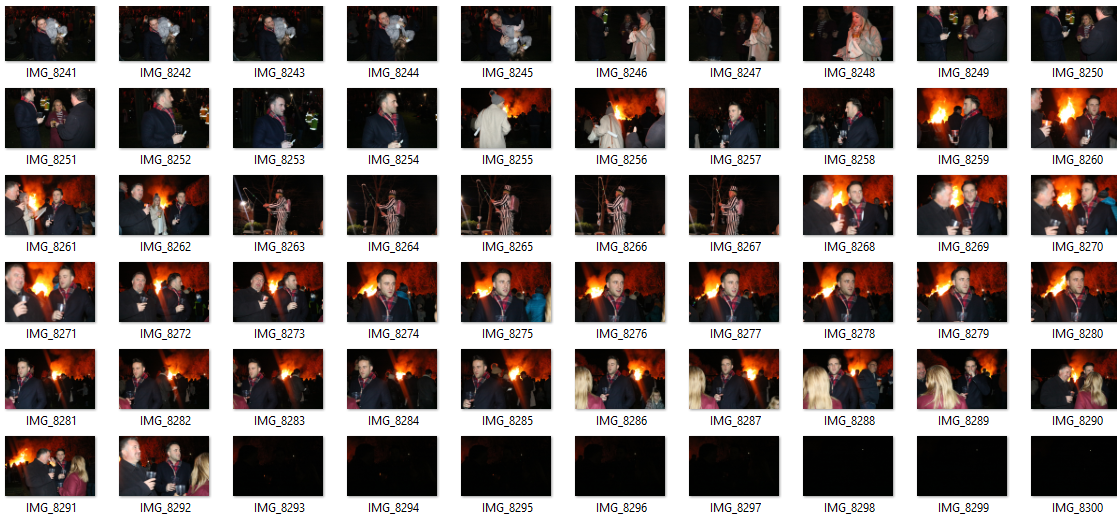
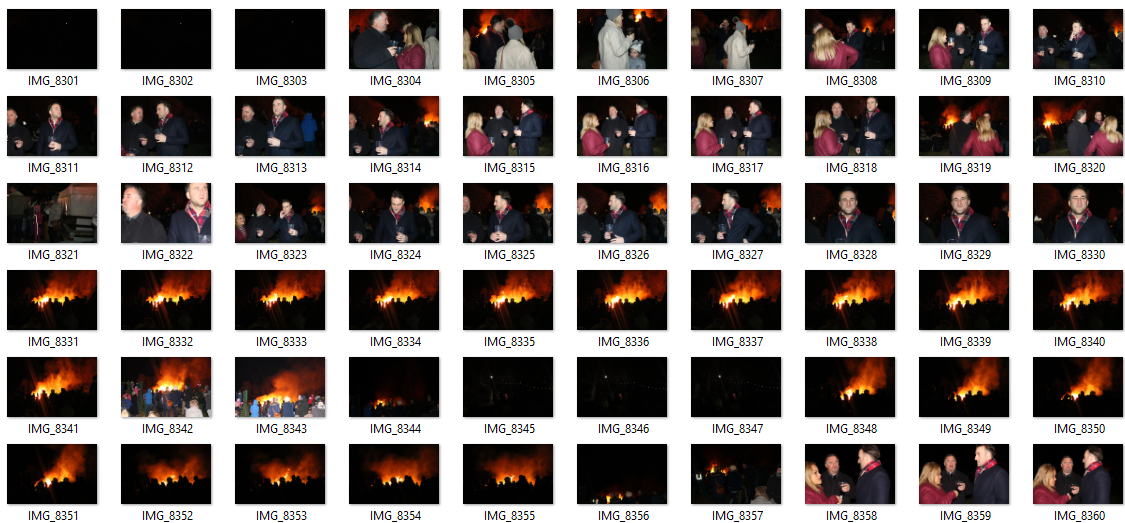
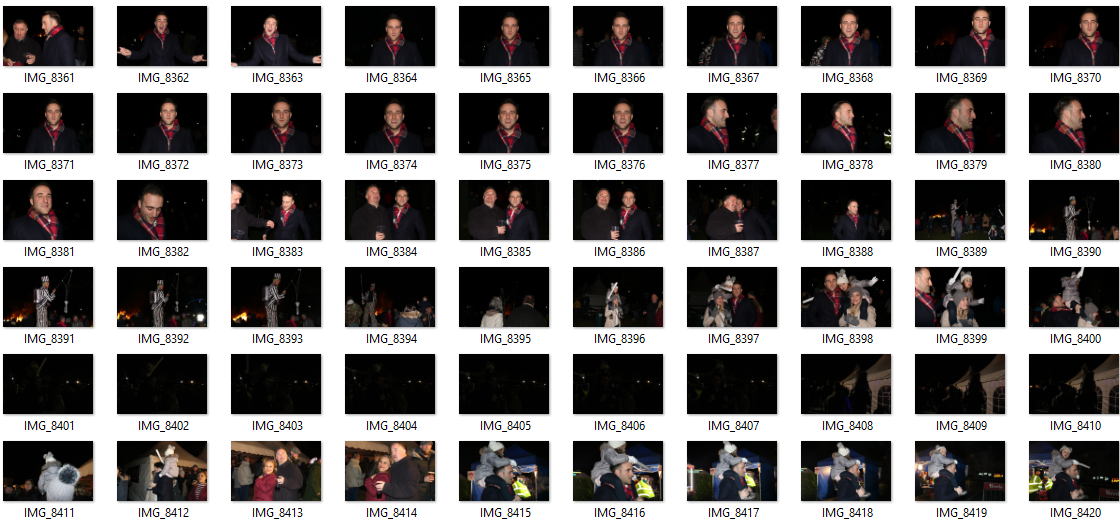


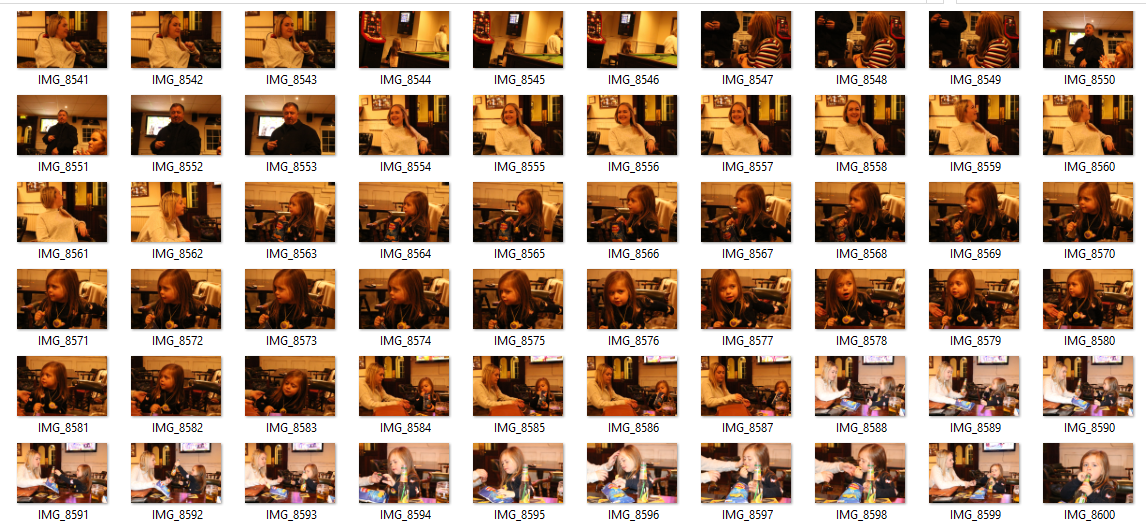
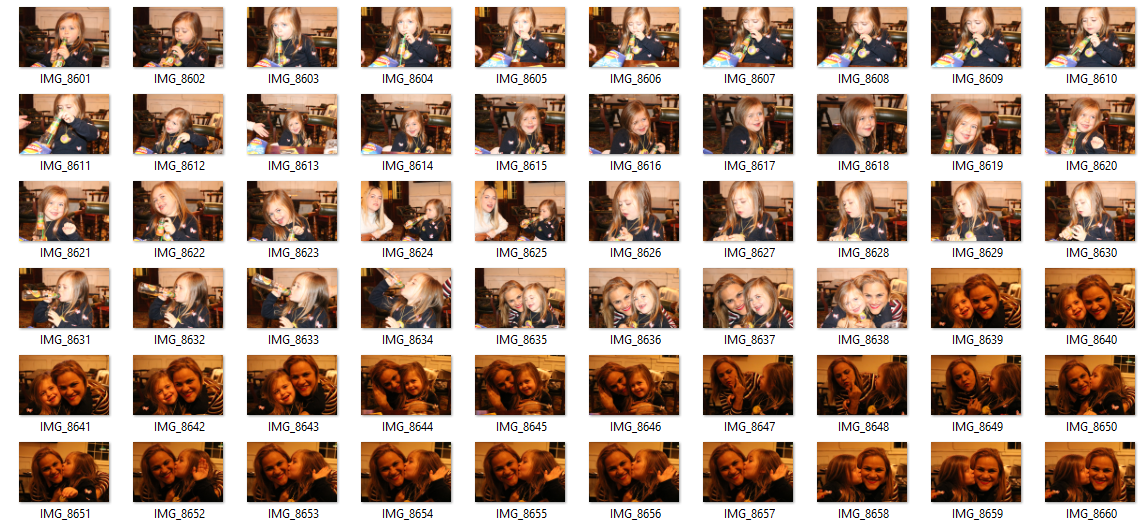

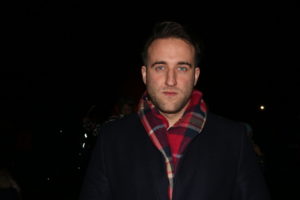
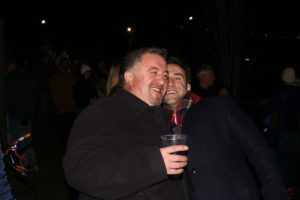
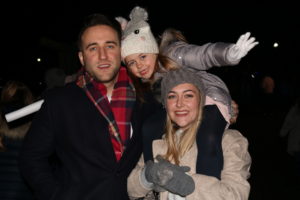
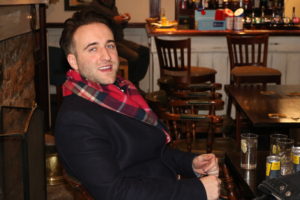
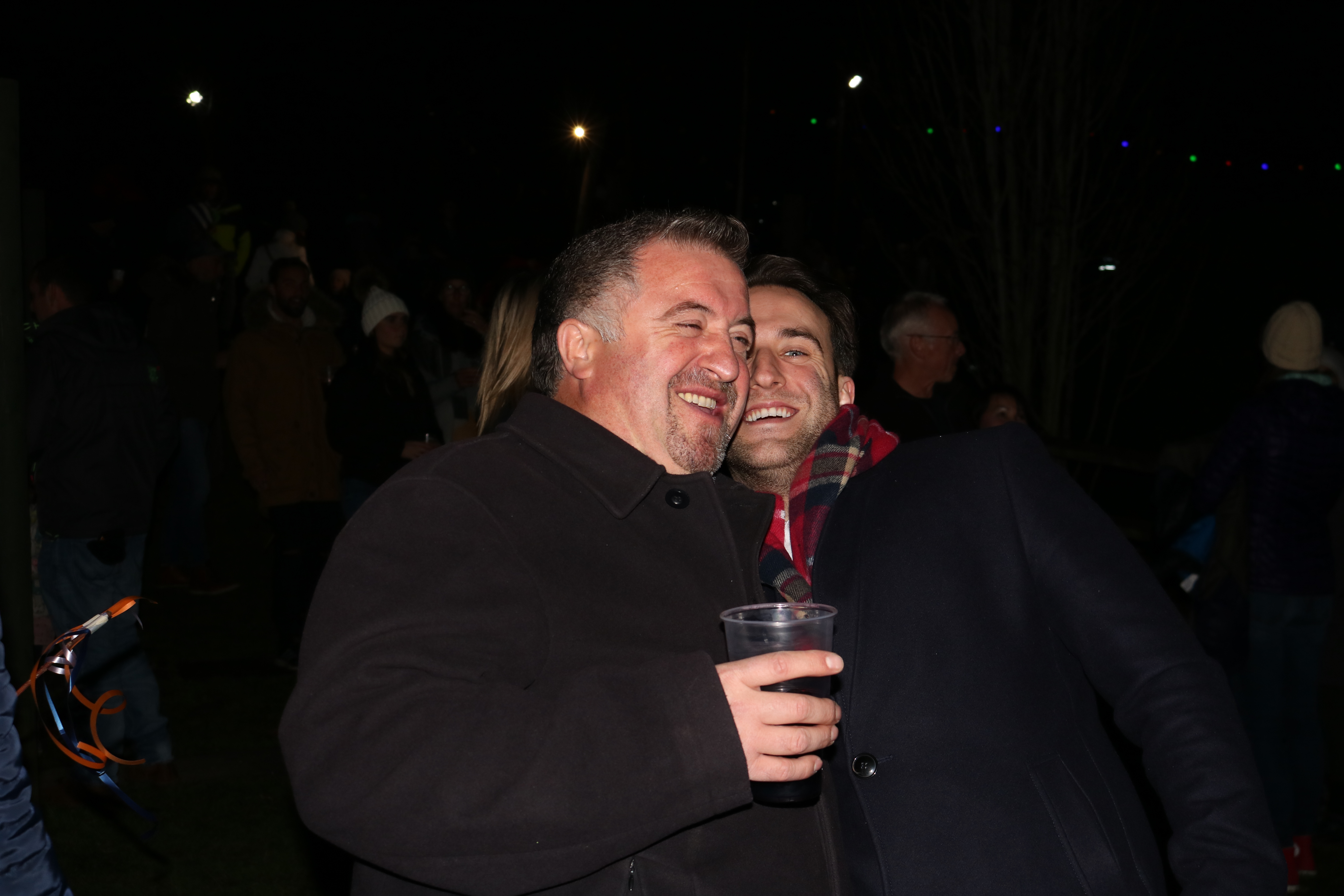


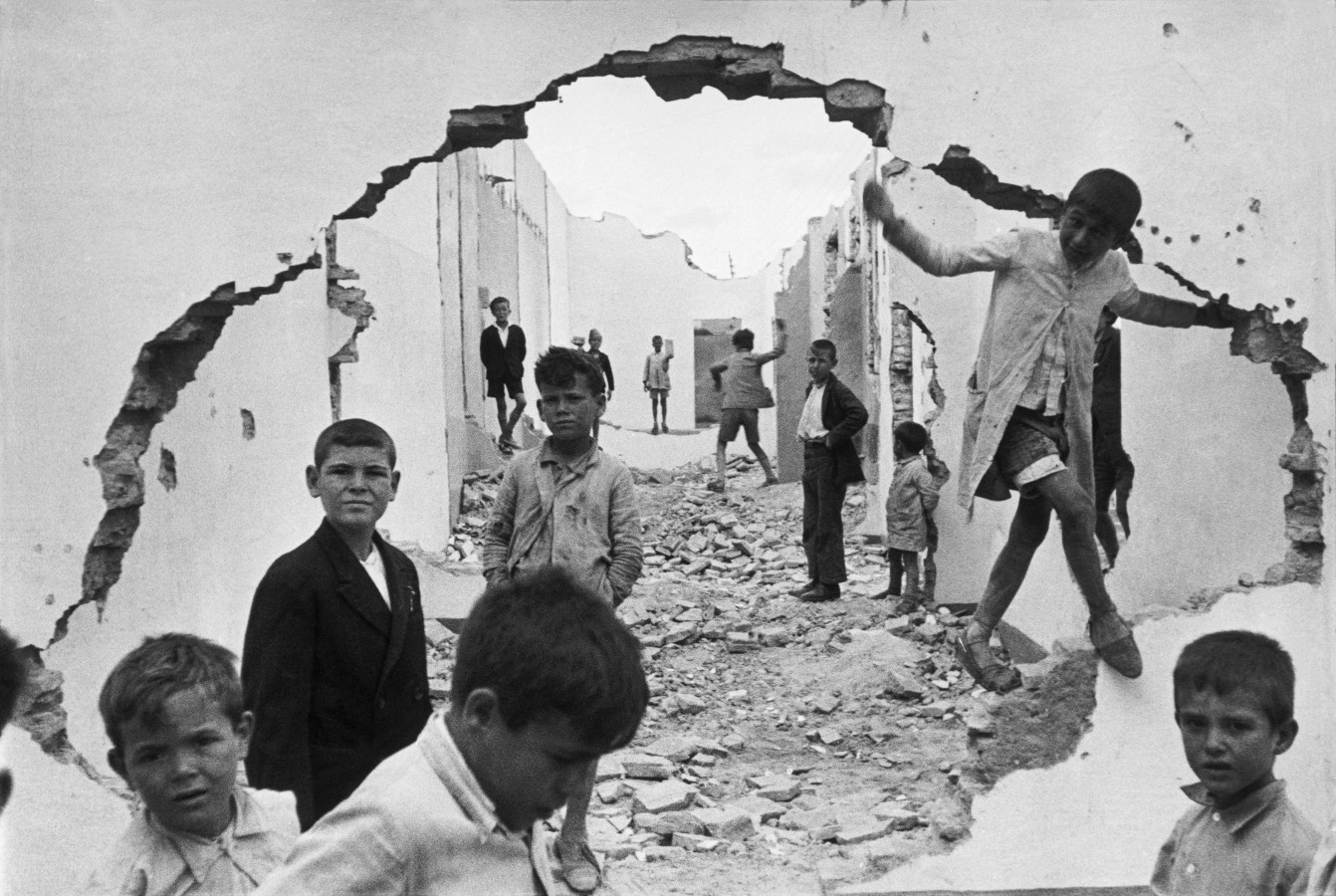
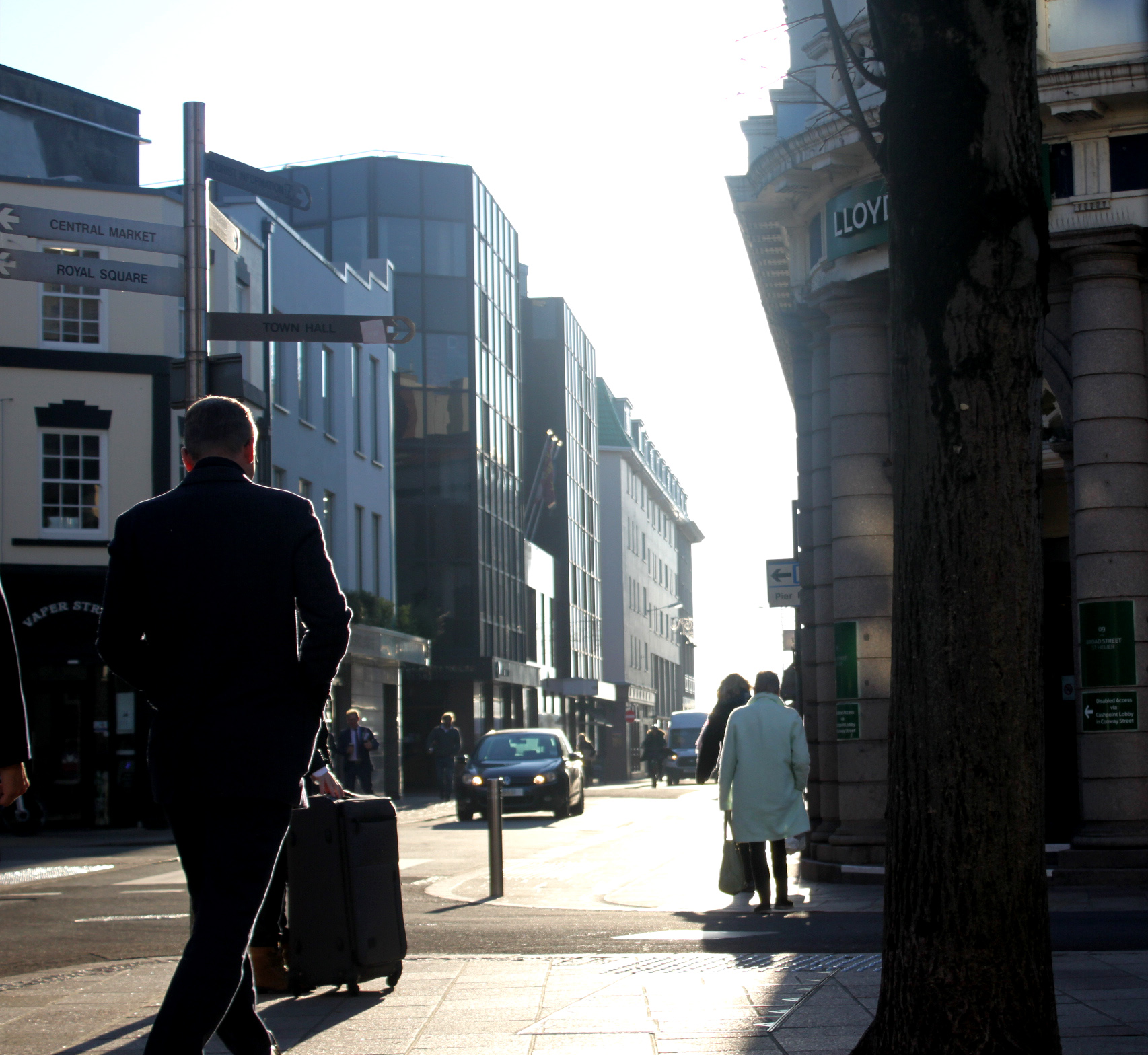

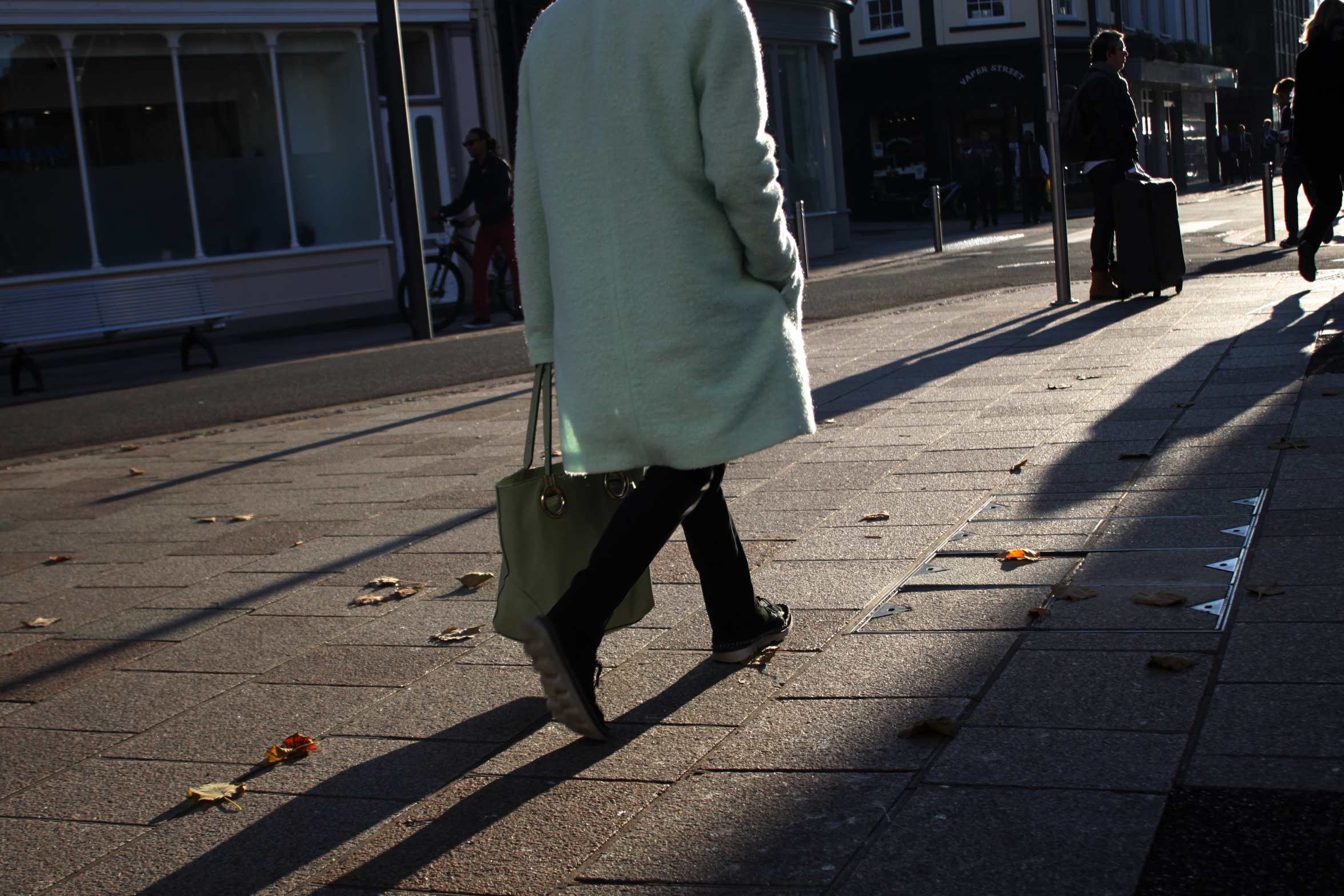 I particularily like the strong shadows and ligh highlights of this photo. Because it was taken near the ‘golden hour’ the sun was low which created these elongated shadows. It also gave a nice outline/shine to people on the street as there wasn’t any cloud cover.
I particularily like the strong shadows and ligh highlights of this photo. Because it was taken near the ‘golden hour’ the sun was low which created these elongated shadows. It also gave a nice outline/shine to people on the street as there wasn’t any cloud cover. This is a photo of a market trader, I have chosen it because of the contrast between the man and the products for sale behind him. I have cropped it so that the strongest points of the photo (in terms of structure) are visible. It’s just a pleasant photo to look at because: the bright colours which the photo is composed of are naturally attractive to the human eye. The products are stacked symmetrically, this both pleases the eye as well as gives the photo structure. Finally, the trader is smiling and appears very open to conversation, this makes the photo pleasing to look at because seeing other people smiling has been proven to lift your mood and change brain chemistry.
This is a photo of a market trader, I have chosen it because of the contrast between the man and the products for sale behind him. I have cropped it so that the strongest points of the photo (in terms of structure) are visible. It’s just a pleasant photo to look at because: the bright colours which the photo is composed of are naturally attractive to the human eye. The products are stacked symmetrically, this both pleases the eye as well as gives the photo structure. Finally, the trader is smiling and appears very open to conversation, this makes the photo pleasing to look at because seeing other people smiling has been proven to lift your mood and change brain chemistry.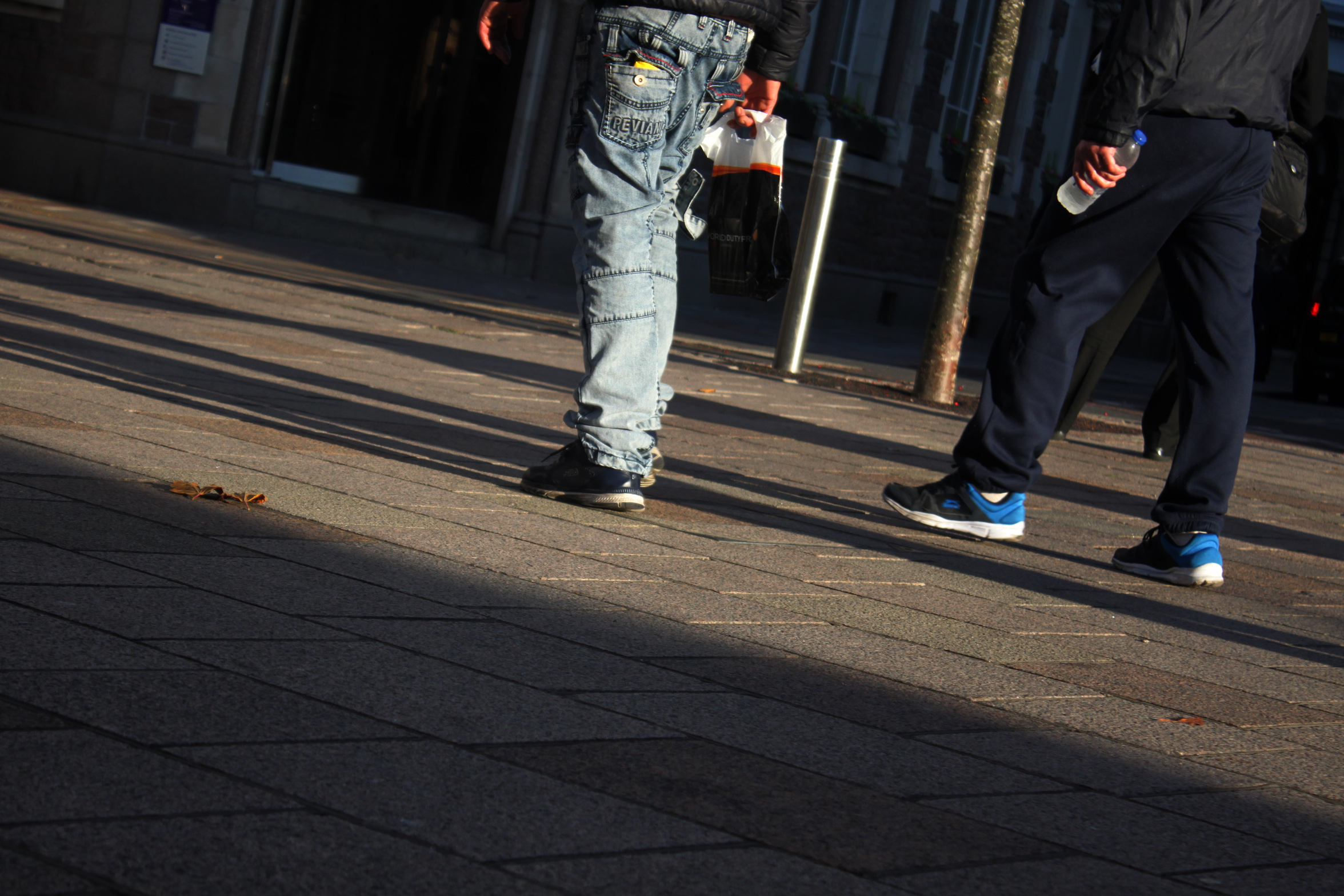 I like this photo because its very simple, it shows the daily commute of people whilst keeping their anonymity. Although it is a simple photo it isn’t boring, this is due to the shadows caused by the sunset, which give the photo structure, the angle at which the photo was taken, and the texture/shapes of the trousers near the centre of the photo. Another aspect of this photo that I like is that both people in the photo are only visible from waist down, it gives a different perspective to the world as it differs from standard photos of whole people taken at head-height.
I like this photo because its very simple, it shows the daily commute of people whilst keeping their anonymity. Although it is a simple photo it isn’t boring, this is due to the shadows caused by the sunset, which give the photo structure, the angle at which the photo was taken, and the texture/shapes of the trousers near the centre of the photo. Another aspect of this photo that I like is that both people in the photo are only visible from waist down, it gives a different perspective to the world as it differs from standard photos of whole people taken at head-height.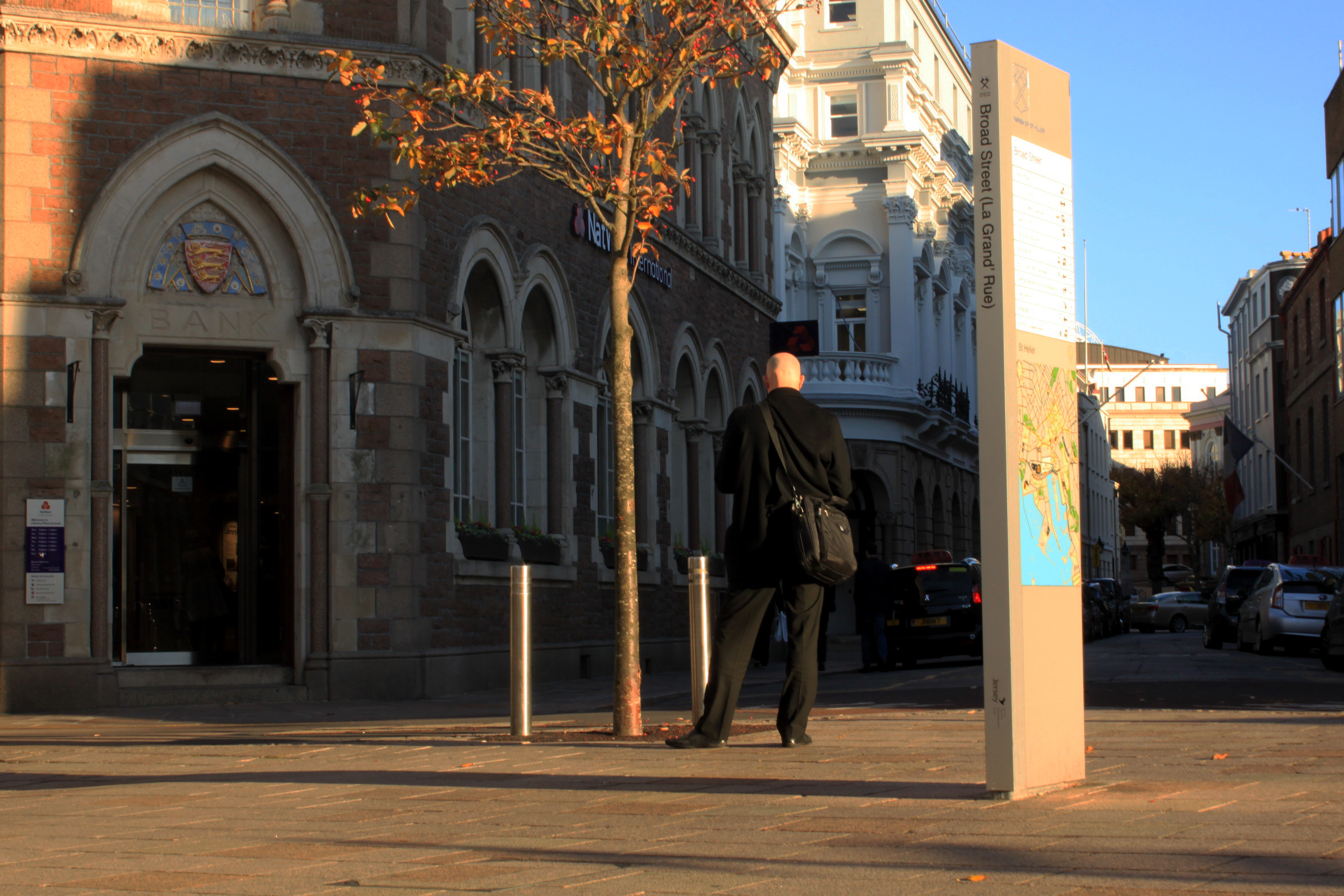
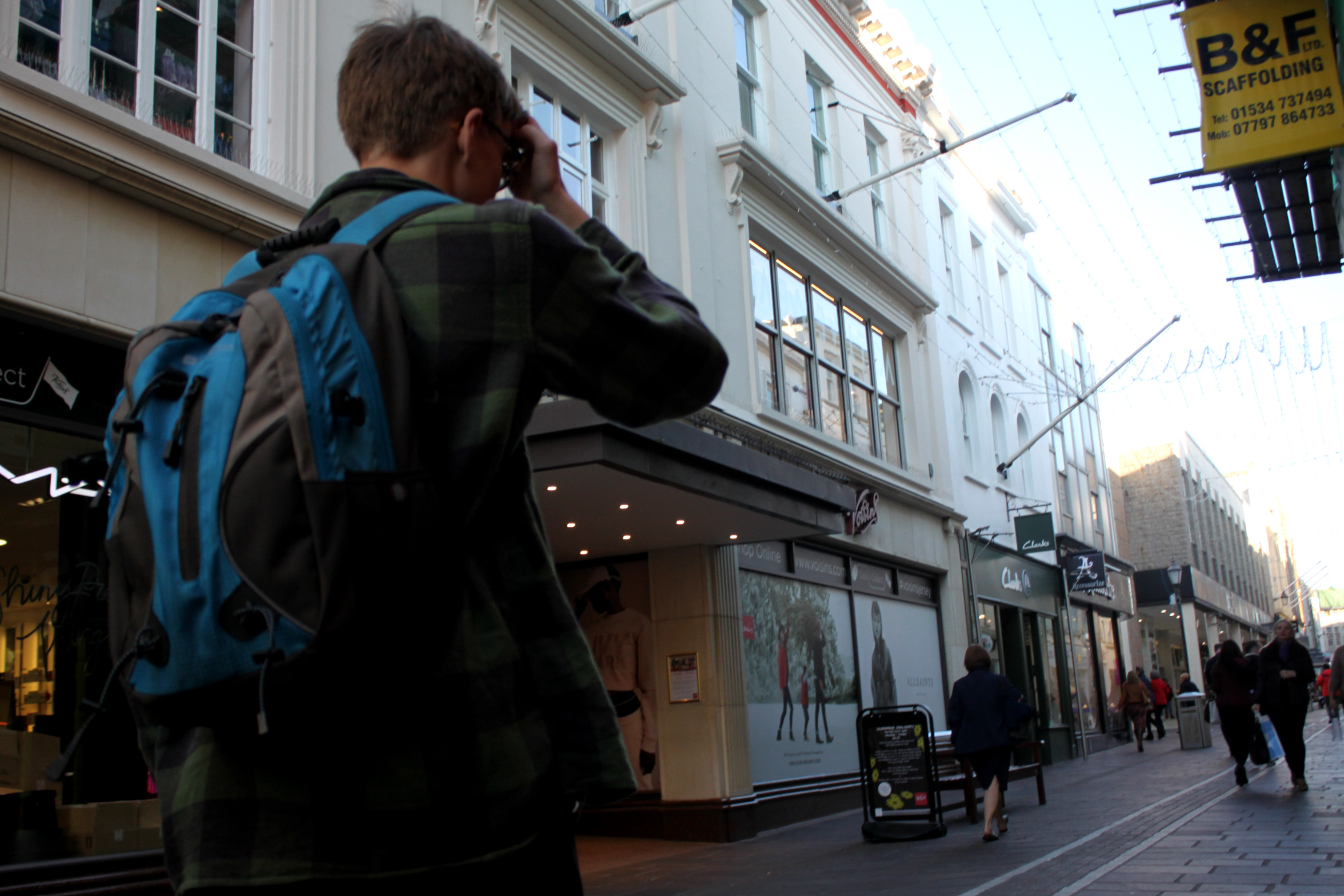
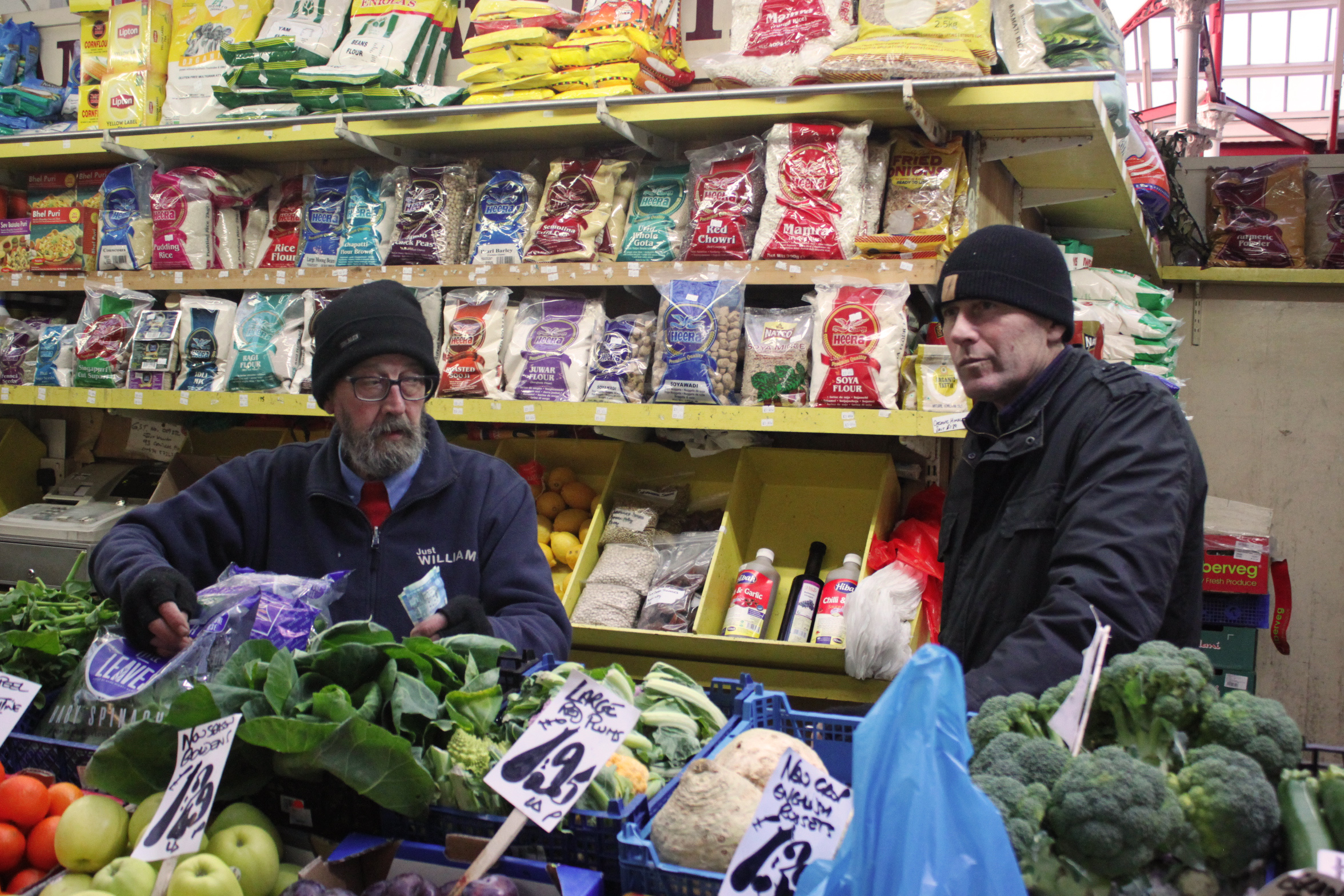 This is a very similar image to one further back in this post. It doesn’t have the same effect as there are more elements without strong shapes but I have kept it in because it captures the work environment and daily tasks of these market traders.
This is a very similar image to one further back in this post. It doesn’t have the same effect as there are more elements without strong shapes but I have kept it in because it captures the work environment and daily tasks of these market traders.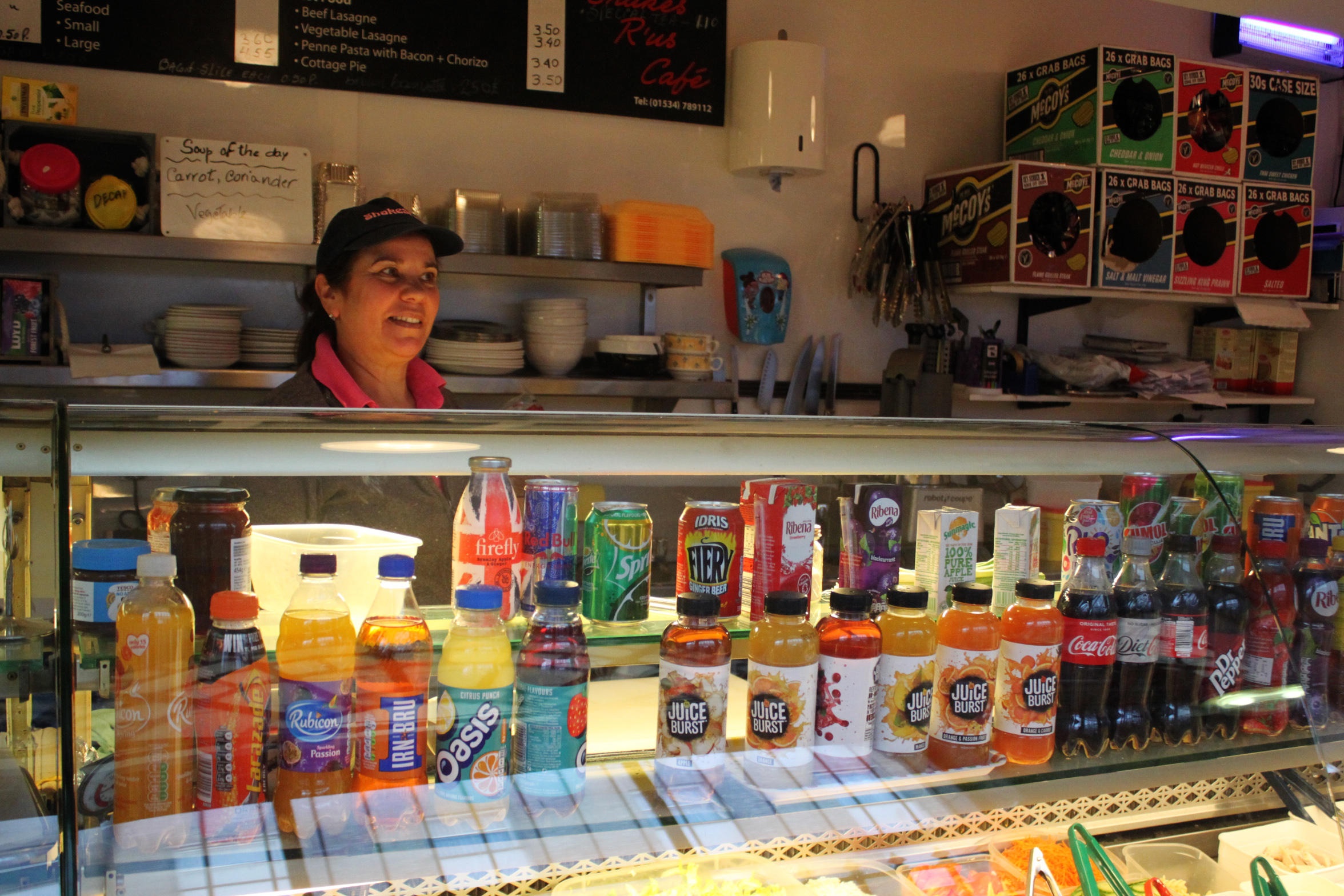 This is my favourite image out of the whole shoot, it has the right exposure, vibrance, structure, and it captures the work environment as a whole. This photo has a warm white balance, this makes it more relaxing to look at as warm lighting as it feels more natural than cold lighting. The photo also has a variety if colours thanks to the products on display out front. There is also a lot of structure and symetry throughout the photo, the bottles on display and crisp packet boxes for example.
This is my favourite image out of the whole shoot, it has the right exposure, vibrance, structure, and it captures the work environment as a whole. This photo has a warm white balance, this makes it more relaxing to look at as warm lighting as it feels more natural than cold lighting. The photo also has a variety if colours thanks to the products on display out front. There is also a lot of structure and symetry throughout the photo, the bottles on display and crisp packet boxes for example. Decisive Moment-In 1952 Henri Cartier-Bresson, a founder of modern photojournalism, proposed one of the most fascinating and highly debated concepts in the history of photography: “the decisive moment.” This moment occurs when the visual and psychological elements of people in a real life scene spontaneously and briefly come together in perfect resonance to express the essence of that situation. Some people believe that the unique purpose of photography, as compared to other visual arts, is to capture this fleeting, quintessential, and holistic instant in the flow of life. For this reason, many photographers often mention the decisive moment, or similar ideas about capturing the essence of a transitory moment, when they describe their work.
Decisive Moment-In 1952 Henri Cartier-Bresson, a founder of modern photojournalism, proposed one of the most fascinating and highly debated concepts in the history of photography: “the decisive moment.” This moment occurs when the visual and psychological elements of people in a real life scene spontaneously and briefly come together in perfect resonance to express the essence of that situation. Some people believe that the unique purpose of photography, as compared to other visual arts, is to capture this fleeting, quintessential, and holistic instant in the flow of life. For this reason, many photographers often mention the decisive moment, or similar ideas about capturing the essence of a transitory moment, when they describe their work.




